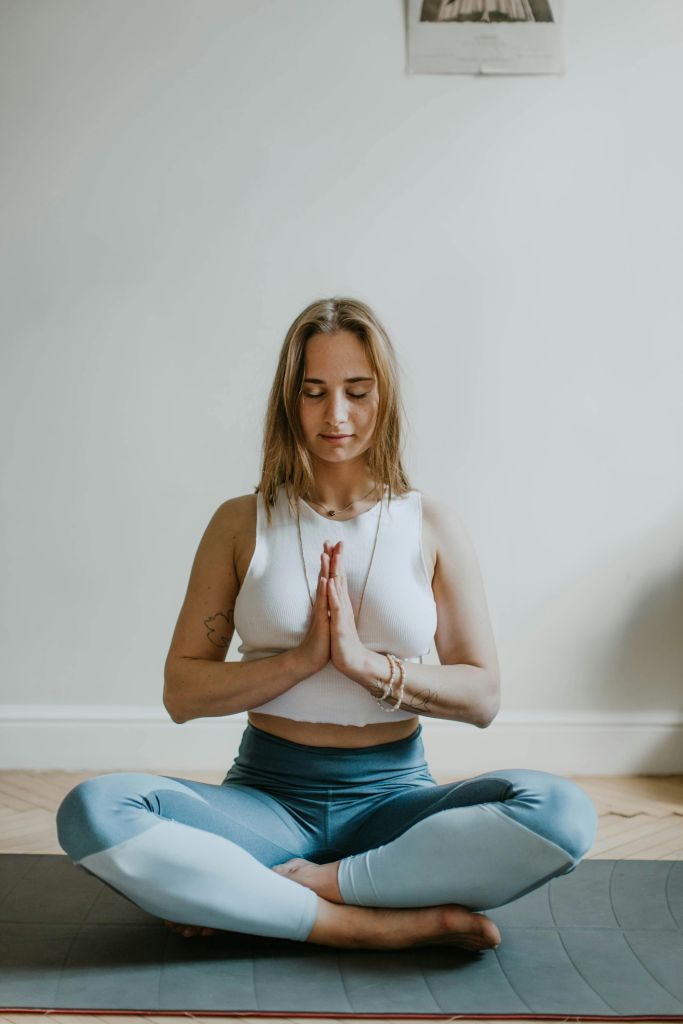
[ad_1]
No matter how great you are at avoiding stress or protecting your mind from unhealthy emotions, there are days you might feel like things are out of your control.
After all, we are humans. It’s fine to feel stressed and anxious. Some situations might get to you or lead to more negative emotions than you would have liked.
However, there is one thing that can help you be more mindful and enjoy the present moment. It is called meditation!
A daily dose of meditation practice keeps stress at bay. You probably hear a lot of people talk about the benefits of meditation for mental health.
In this post, you’ll find out what meditation means and the different types of meditation you can do effortlessly in your everyday life to reduce stress and enhance your mental well-being.
Let’s get started!
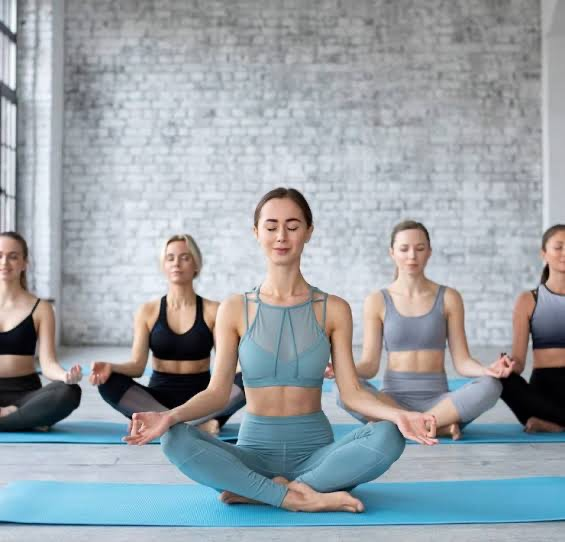
What Is Meditation?
Meditation is an ancient practice that has been around for thousands of years. It has always been considered a religious and cultural practice that enhances understanding of the sacred and mystical forces. While it started as a religious act, this act involves focusing and prioritizing inner harmony.
Meditation is a practice that allows you to be mindful of your present moment, relieve stress and negative thoughts, and calm your mind. It is an intentional practice that includes relaxation techniques and breath awareness.
However, there is so much more to meditation than what people take it to be. Regardless, it remains an effective practice that gives you a sense of peace and balance amid the constant struggles of this life.
The Different Types of Meditation and Which One is Right for You?
While so many people agree that meditation is beneficial to overall well-being, nobody seems to agree on the best type of meditation. It is so because there are so many of them to pick from.
In fact, this is the reason why you might also find it difficult to decide on which form of meditation is right for you. Anyway, let’s find out by looking at the different types of meditation.
Mindfulness Meditation
This form of meditation helps you keep away any form of distractions, chronic pain, or intolerance that is preventing you from living a happy life.
Mindfulness meditation is about being aware of your present moment. You will pay attention to your thoughts as they come without judging them while you observe.
Mindfulness meditation is a simple technique that you can practice yourself without any teacher to guide you. To practice this technique, you want to follow these steps:
- Sit comfortably, your back straight, and your eyes closed.
- Then, you want to pay attention to the moment. Be curious and patient!
- Start by acknowledging your present emotions by being aware of your body and thoughts
- Observe every thought that comes through your mind. This is a part where you want to accept them without overthinking, judging, or dwelling too much on them.
- Practice breath awareness by breathing in and out. It allows you to connect to your senses: smell, touch, sound, and sensation.
- Finally, appreciate the present moment and let go of any negative thoughts.
Mindfulness meditation is a good way to manage tough situations and stay calm. Always remember to take a breath!
You can do the mindfulness meditation 10 minutes daily in between your daily activities or chores. Stop whatever you are doing, take deep breaths, and observe your thoughts within that time, and then you can proceed with whatever you are doing.
Ensure you pay attention to what you are doing while removing distractions.
Focused Meditation
There are times you find yourself just in your thoughts staring blankly at an object for a while. While this might seem like you’re distracted, you need to be more intentional about it to call it focused meditation.
To do this right, you want to pick a physical object to concentrate on without being distracted for some minutes. You can choose to stare at a dot on the wall, candlelight, or a tiny object and block any distracting thoughts. If your mind wanders elsewhere, pull yourself together to concentrate on that object again.
You want to do the focused meditation if you often find yourself easily distracted or you like taking up multiple tasks at once. If you struggle to stay focused for long due to disruption, practicing focused meditation daily will help you improve.
Spiritual Meditation
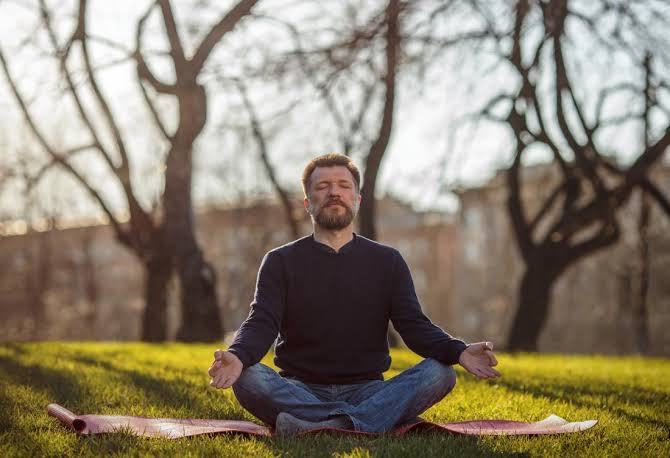
If you believe some forces are way beyond humans, this form of meditation is for you! This meditation practice is for those who consider themselves spiritual.
One misconception about this meditation technique is that it is solely for those who are religious. It goes beyond that because spiritual meditation allows you to look beyond your physical self to get a deep understanding of your meaning and purpose in life.
To practice this technique, you want to sit quietly in your favorite alone spot where you can practice self-awareness. You could sing mantras, and chants, or say a silent prayer in this meditation. Using candle flame, prayer beads, or incense to help you stay more focused.
When doing spiritual meditation, you want to let go of your thoughts or any guilt and feel this connection with the bigger force (the universe). Your breath and the spiritual words are your objects of focus.
The spiritual meditation is right for you if you desire spiritual growth. A daily practice of spiritual meditation will help you become a better person who is compassionate and free-minded.
Movement Meditation
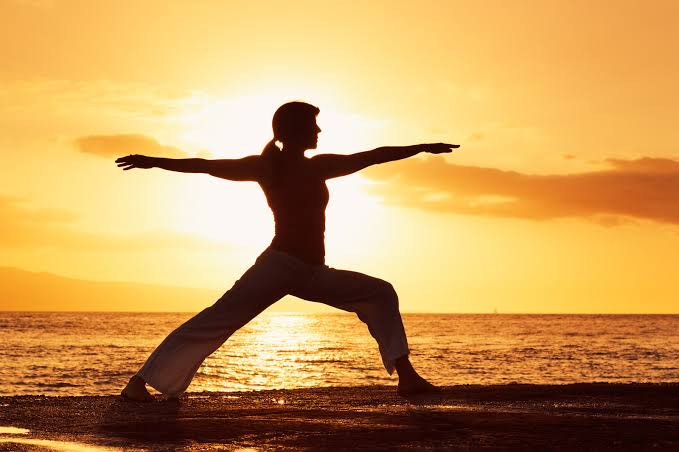
Ever wondered why your body and mind feel light and free whenever you take a walk or do a gentle exercise? This particular feeling is because of the physical movement you did.
There is scientific evidence that supports the benefits of physical activity on overall well-being. Hence, the movement meditation remains a common technique.
Movement meditation includes different meditation techniques that are independently categorized under the types of meditation.
It includes activities like walking, yoga, tai chi, qigong meditation, and gardening. You don’t have to do strenuous or physically demanding activity. All you want to do is get your body in action to connect your body with the present with every movement.
If you are someone who can’t sit for long or can’t concentrate while moving, you want to put this movement meditation technique into regular practice.
Visualization Meditation
A very coping technique to deal with stress or take a break from a stressful situation, this meditation practice allows you to picture something or somewhere peaceful. In this technique, you want to imagine a place you find relaxing.
Some people imagine themselves walking calmly into an ocean or a beach, free without any worry about the world interrupting them. Just imagine a place that you will find relaxing.

This might be difficult at first if you’re someone who prefers physical sensations or something more physical. However, visualization meditation is an impressive technique that will help you stay calm and relieve stress. By the way, there is just so much our mind can achieve if we let it.
To practice the visualization meditation, you need to:
- Find somewhere quiet to sit or just lay your back looking up.
- Close your eyes and take a few deep breaths.
- Imagine a peaceful place or you can imagine yourself in that place. Then, visualize things you hear, see, and feel like they are real.
Most of the time, you might need a guide with this type of meditation. It could be a recording where the speaker paints a picture of a quiet place in your mind so that it is easy for you to imagine. It could be a personal interview with your meditation coach.
The benefit of this type of meditation is to help you achieve inner peace and calm amid stress and anxiety.
Transcendental Meditation
This form of meditation is mostly associated with Maharishi Mahesh Yogi who is considered the founder. Transcendental meditation focuses on helping you achieve a quiet and peaceful mind.
This falls under guided meditation because you will need a transcendental meditation practitioner to teach you the technique. However, you can still practice this on your own with little help. This meditation technique involves using a mantra to induce relaxation.
This technique involves:
- Sitting comfortably in a quiet place with your eyes closed.
- Then, you repeat a specific mantra silently to calm your mind and increase your focus.
- You want your body to be conscious while you let your mind wander until you achieve that quietness.
- You can do this for 20 minutes twice a day to relax and focus.
Guided Meditation
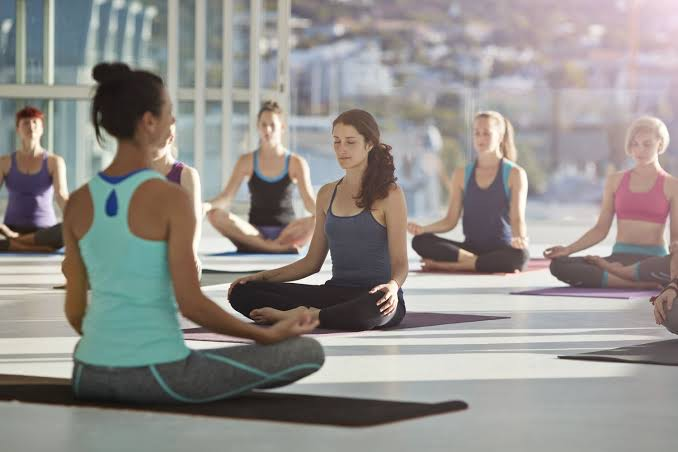
This is a type of meditation that you can practice with the help of a teacher or a meditation practitioner. If you are a newbie who prefers a voice to direct you, this meditation is for you.
You can use the guidance of a practitioner by listening to their recorded voice, or a video, or it could be in person. With a guide, you can visualize your thoughts, learn to focus on your breath, and increase your self-awareness.
Guided meditation is quite straightforward. There will be an instructor giving you instructions in a recording or a group, like one you probably might have seen in yoga classes. Also, the instructor says descriptive words to paint the mental image in your mind.
To get the guided meditation right, you want to pay attention to your teacher’s instructions and follow them. Whether you’re struggling with your emotional health or you want to improve your sleep, practice meditation like this to see improvements.
Body Scan Meditation
Otherwise known as ‘Vipassana’, this meditation is a popular technique in Eastern countries. It also remains one of India’s most ancient traditions meaning “to see things as they are.”
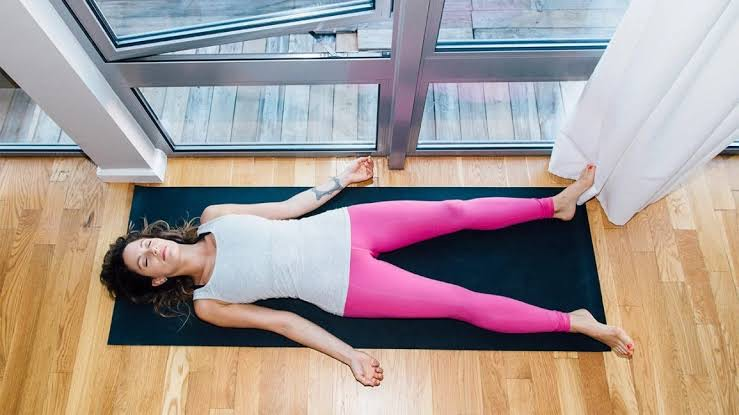
It involves focusing on sensations you feel in a particular part of your body. Also, you want to focus on your thoughts, feelings, and the things you see without reacting or judging them. You want to see things as they are, not how you want them to be.
When practicing body scan meditation, sit comfortably and take a breath. Then, you start paying attention to your thoughts, to a part of your body, and your feelings. When focusing on a part of your body like your leg, you want to directly observe it and focus on the sensation you feel before shifting your focus to other areas.
This induces progressive relaxation because you are literally doing a mental scan of your body from one part to the other. Whether you call it progressive meditation or body scan, vipassana meditation encourages you to be more self-aware.
The rule is to not react to everything you see, hear, or feel. This type of meditation is effective because it will give you mental clarity and intelligence. Hence the reason for its use in schools and rehabilitation centers to help teach people self-control and self-restraint.
Loving Kindness Meditation
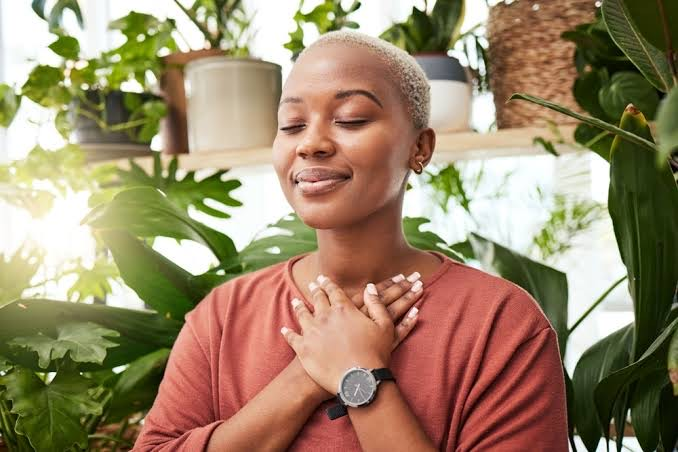
Many people have revealed that they feel scared when someone shows them love because they feel it won’t last. Due to past traumas, one might find it difficult to accept love or be compassionate to themselves or others.
Loving Kindness meditation teaches you to feel more compassionate towards yourself and other people. By practicing this technique, you’ll learn to let go of any resentment, hurt, and anger to be more loving, kind, and compassionate.
Also known as the metta meditation technique involves focusing on positive emotions and experiences as an anchor of meditation. You need to open your mind to receive love and show love to others by wishing them well.
To practice this technique, you could focus on the image of different people. It could be a loved one or someone who hurt you. Do some deep breathing and channel positive energy to yourself then to that person whose image you are staring at.
Chakra Meditation
Mostly used to achieve healing, this meditation technique focuses on the different energy centers of the body called the chakras. Chakra meditation dates back to 1000 B.C. and originates in the Veda text of India.

The chakras believe there is a natural flow of energy in the human body which signifies good health. However, this natural energy can be blocked by illnesses or diseases.
There are 7 chakras in the human body representing the seven wheels of energy that work together for your overall wellness. They include root chakra located at the base of your spine, sacral chakra located below the belly button, solar plexus chakra located in the stomach area, heart chakra located at the heart level, throat chakra located in the throat region, third eye chakra located in the area in between your eyebrows, and crown chakra located at the uppermost part of the body.
Each of these chakras has its functions for your overall well-being and are expected to balance each other.
When practicing the chakra meditation, you need to visualize energy flowing naturally through your body. This falls under guided meditation techniques, so you will require a meditation practitioner to guide you in the practice.
Mantra Meditation
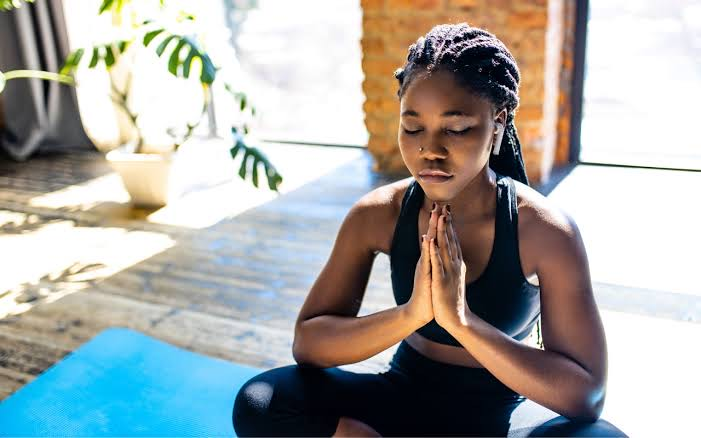
This type of meditation involves silently chanting mantras, reciting a prayer, or singing soothing music to calm your mind. To practice this meditation style, you want to find a quiet place to sit. Then, you set a timer to help you be more intentional and focused.
Once focused, you begin breathing, introduce the mantra, and repeat silently with each breath you take. If you are meditating as a beginner, you might find yourself getting distracted. However, don’t let that stop you.
Your mantra meditation practices could involve experimenting with affirmations, traditional mantras, sounds, or vibrations. Experiment as much as you can until you finally find one that resonates with you deeply.
How to Start Meditation Right Away
Whether you want to reduce stress or enhance your physical wealth, meditation is a practice that will help you improve your overall well-being with little effort.
You don’t need to wait to enroll in meditation programs. There are so many meditation techniques that you can practice yourself. If you want to calm your mind and achieve inner peace, choose visualization or practice mindfulness.
To discover your purpose and build a deeper connection with the universe and God, try spiritual meditation. If you want to get your body active, try movement meditation. Practicing loving kindness meditation will help you to let go of any trauma and learn to love yourself more.
The easiest way to get started is:
- Find a quiet place to sit, close your eyes, and focus on your breath
- Give yourself time to meditate. You want to meditate for 20 minutes every day. However, you could start small then you grow with time.
- Be consistent. Pedram Shojai, the author of “The Urban Monk” recommends that you meditate consistently for 100 days. Sit for 20 minutes while letting go of distractions to calm your mind amid the chaos around you.
Wrapping Up
Whether you want to enhance your nervous system or your physical health or you want to always feel at peace with yourself and those around you, consistent meditation practices will help you.
You could choose to try the unguided meditation or guided meditation. Regardless, spending a few minutes a day to breathe and reflect on things within you, around you, and beyond you will give you a deep understanding and control of your situation.
Hence, you want to practice daily meditation. However, you don’t want it to be a chore or an act you do just for the sake of it. You want to meditate daily so that it becomes a lifestyle and a coping technique that helps you manage stress.
Remember that most of these different meditation techniques have the same benefits. So, instead of dwelling too much on which one to choose, be free to try different types until you find the one that does it well for you.
Which of these types of meditation will you practice? Share with us in the comment!
[ad_2]